You’re chopping fresh dill for dinner, a piece falls to the floor, and your dog gobbles it up in a millisecond. Your heart skips a beat: Was that safe?
Here’s the good news—you can breathe easy. I’ve been a practicing veterinarian for over a decade, and I can tell you with confidence that fresh dill is one of the safest herbs you can accidentally (or intentionally) share with your dog. But “safe” doesn’t mean “free pass for unlimited amounts.” In this guide, I’ll give you everything you need to know about dill for dogs, from portion sizes to potential risks, so you can make informed decisions about your pet’s diet.
Table of Contents
- The Short Answer: Can Dogs Eat Dill?
- How to Safely Give Dill to Your Dog
- 4 Potential Health Benefits of Dill
- The Risks: What Every Owner Must Avoid
- Is Dill Oil Safe?
- Potential Side Effects & Allergies
- Conclusion
- FAQs
What is Dill?
Dill is a fragrant, feathery herb often used in pickles, salads, and seafood dishes. Known for its fresh, slightly sweet flavor, dill isn’t just tasty—it’s also nutritious! This herb is packed with vitamins like Vitamin C (great for immune health), Vitamin A (supports vision and skin health), and various antioxidants that help reduce inflammation. While dogs don’t need much, a small sprinkle of dill can be a safe, healthy addition to their diet. Just remember, moderation is key!
The Short Answer: Can Dogs Eat Dill?
Yes, but with important caveats.
Fresh or dried plain dill is non-toxic to dogs and is listed as safe by the ASPCA and veterinary nutritionists. The herb contains beneficial nutrients and can be offered as a small garnish or supplement to your dog’s regular food. However, there are critical details you need to understand—and at least one form of dill that’s absolutely off-limits.
How to Safely Give Dill to Your Dog
Fresh Dill vs. Dried Dill: What’s Better?
Both fresh and dried dill are safe for dogs, but they differ in potency and palatability. Fresh dill has a milder flavor and more fragile nutrients, making it ideal for picky eaters or dogs with sensitive stomachs. It’s also the form most likely to appeal to your dog’s taste buds.
Dried dill is more concentrated in flavor and nutrients, so a smaller amount goes a long way. If you use dried dill, cut the amount in half compared to fresh. Dried dill also has a longer shelf life, making it convenient to keep on hand. Neither form is inherently superior—choose whichever your dog tolerates better.
Safe Serving Size: How Much Dill Can My Dog Have?
Here’s the golden rule: dill is a garnish, not a meal component.
For most dogs, a safe starting amount is about one small pinch (roughly ¼ teaspoon) of fresh dill per serving, regardless of size. If your dog weighs less than 20 pounds, start with an even smaller amount—a few tiny leaf fragments. Larger dogs (over 50 pounds) can tolerate slightly more, but still under one teaspoon total per day.
Think of it this way: if you can barely see the dill sprinkled on your dog’s food, you’ve got the amount right. More isn’t better with herbs. In fact, excessive amounts can trigger the opposite effect—digestive upset instead of digestive aid.
Always introduce dill gradually. Start with your chosen amount and wait 24-48 hours to observe your dog for any reactions before increasing frequency.
What About Dill Seeds and Stems?
Dill seeds are perfectly safe and actually contain higher concentrations of beneficial compounds than the leaves. Many vets recommend dill seed tea as a digestive aid. You can crush a teaspoon of dill seeds and steep them in 8 ounces of hot water for 10 minutes, cool completely, and offer a small amount (2-4 ounces) to your dog.
Dill stems are edible but tough and fibrous. If your dog swallows large pieces, they could cause mild digestive discomfort. Chop stems finely or remove them entirely before serving.
4 Potential Health Benefits of Dill
These benefits should be viewed as supplemental, not medicinal. Dill isn’t a replacement for veterinary treatment, but it may provide modest wellness support when used appropriately.
1. Antioxidant Power
Dill contains flavonoids like kaempferol and vicenin, which are compounds that neutralize harmful molecules called free radicals. Free radicals contribute to aging and chronic disease. By reducing them, antioxidants help support your dog’s cells and may promote long-term health, especially in senior dogs.
2. May Aid Digestion
Dill has natural oils with antispasmodic properties, meaning they can help relax muscle spasms in the digestive tract. This makes dill potentially helpful for dogs prone to gas, mild cramping, or occasional constipation. It’s particularly useful for anxious dogs who tend to inhale their food and end up with indigestion.
3. Breath Freshening
The antibacterial compounds in dill can help combat the bacteria responsible for bad breath. Offering a small amount of dill between dental cleanings might help with odor—though it won’t solve breath problems caused by tooth decay or gum disease, which require veterinary attention.
4. Vitamins and Minerals
Dill provides small amounts of vitamin A (supports vision and immunity), vitamin C (antioxidant support), calcium (bone health), iron (oxygen transport), and manganese (joint and metabolic support). Again, these amounts are modest, but they add up over time as part of a balanced diet.
The Risks: What Every Owner Must Avoid
This section is critical. Not all dill products are created equal, and some can genuinely harm your dog.
Why Your Dog Can’t Eat Dill Pickles
Dill pickles are absolutely off-limits. I cannot overstate this point.
While both dill and cucumbers are safe independently, the pickling brine transforms them into a dangerous food. Here’s what’s in that brine:
Excessive Salt: Pickle brine contains extremely high sodium levels (often 1,000+ mg per pickle). Too much salt can lead to dehydration, electrolyte imbalances, and potentially life-threatening conditions like salt toxicosis. Even one or two pickles can cause an upset stomach in a small dog.
Harmful Additives: Many pickles contain garlic or onions in the brine—both are toxic to dogs and can damage their red blood cells. Some varieties include xylitol, an artificial sweetener that’s deadly to dogs even in tiny amounts.
Vinegar and Spices: The acidity and irritating spices can cause stomach upset, vomiting, and diarrhea. Never offer your dog dill pickles, kosher pickles, bread-and-butter pickles, or any other pickled product.
What if your dog ate a dill pickle? If your dog snagged one pickle that fell on the floor, monitor for mild gastrointestinal upset over the next 24 hours. Check the jar ingredients for garlic, onions, or xylitol. If none are present, your dog will likely recover fine. But if your dog consumed multiple pickles or the ingredients include toxic compounds, contact your veterinarian immediately.
Is Dill Oil Safe?
No. Dill essential oil is not safe for dogs and should never be applied to their skin or given internally without explicit veterinary approval.
Essential oils are highly concentrated forms of the plant. The ASPCA notes that prolonged contact with dill essential oil can cause dermatitis (skin irritation) in dogs. Ingesting essential oils can damage the liver and digestive tract. If you use dill essential oil for cooking or aromatherapy, keep it completely away from your dog and never apply it topically. Stick to fresh or dried herb forms only.
Potential Side Effects & Allergies
Most dogs tolerate small amounts of dill without issue, but individual reactions vary.
- Digestive Upset: Paradoxically, excessive dill can cause the opposite of its intended benefit. Too much can trigger diarrhea, vomiting, or nausea. This is why the “small amount” rule is so important.
- Allergic Reactions: Some dogs may have sensitivity to dill, especially those with general food allergies. Symptoms include excessive itching, hives, facial swelling, or gastrointestinal distress. Introduce dill slowly and monitor closely.
- Drug Interactions: If your dog is on blood thinners or certain medications, consult your veterinarian before adding dill to their diet, as some compounds in dill may interact with medications.
- Pregnant or Nursing Dogs: Avoid giving dill to pregnant or lactating dogs unless your vet approves, as its effects on developing puppies aren’t well-studied.
Conclusion
Here’s what you need to remember:
- Fresh or dried dill is generally safe for dogs as a small garnish (about ¼ teaspoon or less per serving)
- NEVER feed dill pickles due to salt, vinegar, garlic, onions, and other harmful additives
- NEVER use dill essential oil on your dog’s skin or in their food
- Moderation is essential—more dill doesn’t equal more benefits
- Start small and observe your dog for 24-48 hours before offering dill regularly
- Consult your veterinarian before adding any new food, especially if your dog has allergies, digestive issues, or takes medications
- Dill is a supplement to good nutrition, not a cure for health problems
FAQs
Can dill help my dog’s bad breath?
Dill’s antibacterial properties may help reduce odor-causing bacteria when offered occasionally. However, persistent bad breath usually signals dental disease or underlying health issues—schedule a vet checkup to rule out serious problems.
Is dill weed the same as dill?
Yes. “Dill weed” refers to the feathery leaves of the dill plant. “Dill seed” refers to the dried seeds. Both are the same plant, just different parts. Both are safe for dogs.
Can puppies eat dill?
Yes, puppies can have small amounts of dill, but start with tiny portions since their digestive systems are developing. Introduce it around 12-16 weeks of age after their gut flora has stabilized. Always consult your puppy’s vet first.
My dog ate a dill pickle—should I panic?
Not immediately, but take action. Check the pickle jar for garlic, onions, or xylitol. If none are listed and your dog only ate one pickle, monitor for mild upset stomach over 24 hours. If your dog ate multiple pickles or the ingredients include toxic compounds, contact your vet right away.
How often can I give my dog dill?
A small sprinkle on food a few times per week is safe for most adult dogs. There’s no benefit to offering it daily. If your dog has digestive issues, offer dill only 2-3 times weekly, not daily.
Can dill help with my dog’s gas?
Possibly. Dill’s antispasmodic properties may ease occasional gas and cramping. But persistent bloating or gas can indicate a serious condition like gastric dilatation-volvulus (GDV). Consult your vet if bloating is frequent or severe.
What’s a safe way to prepare dill tea for dogs?
Crush 1 teaspoon of dill seeds in 8 ounces of hot water, steep for 10 minutes, strain, and cool completely. Offer 2-4 ounces once cooled. This is gentler than raw seeds and easier for sensitive stomachs to digest.
Can I grow dill in my yard for my dog?
Yes, dill is safe to grow. If you plant it in your yard, ensure your dog doesn’t over-harvest. Ensure no pesticides or fertilizers are applied. Fresh homegrown dill is an excellent option compared to store-bought (if organic), but still follow portion guidelines.
A Final Note
Your dog’s diet should be 90% complete, balanced commercial dog food and 10% treats and supplements. Dill fits into that 10% category. It’s a nice occasional addition for enrichment and modest wellness support, not a dietary staple. When in doubt, talk to your veterinarian before introducing any new food—especially if your dog has existing health conditions, food sensitivities, or is on medication.
Your care in asking these questions shows you’re a thoughtful dog owner. That attentiveness to safety is what matters most.



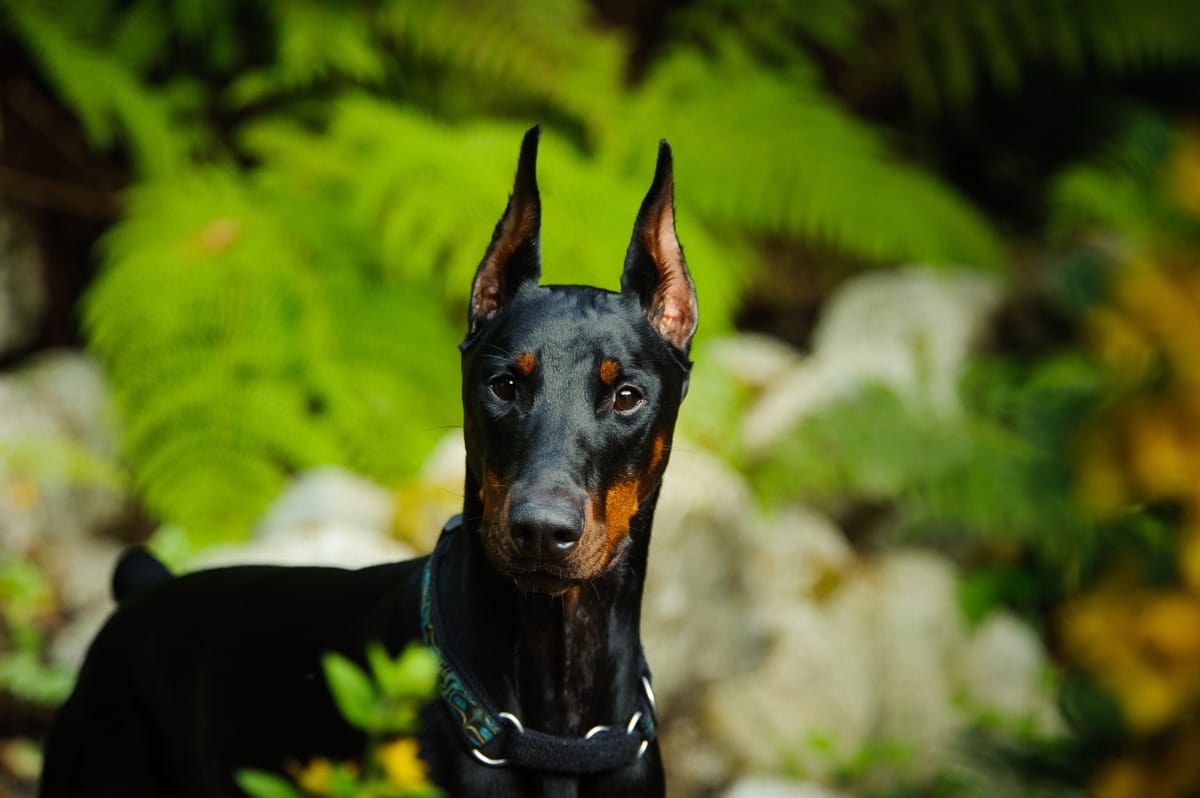

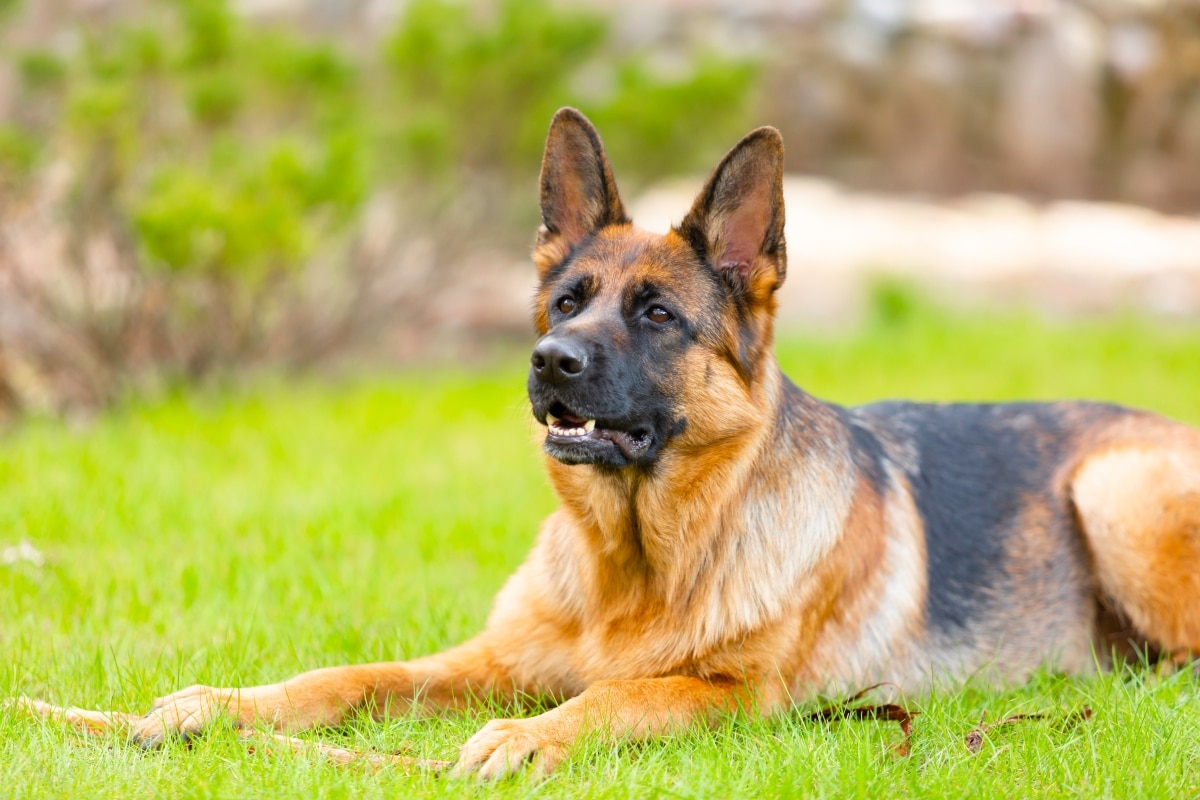
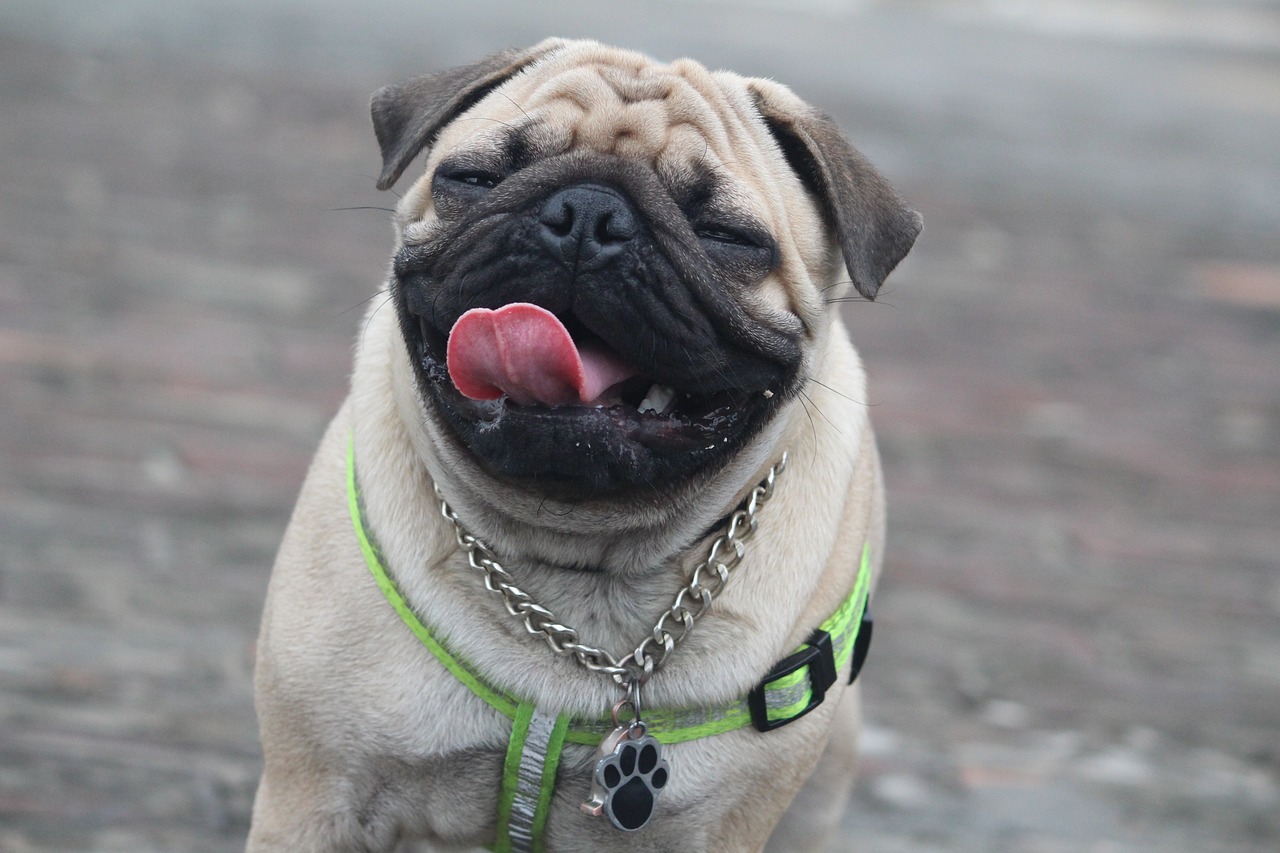



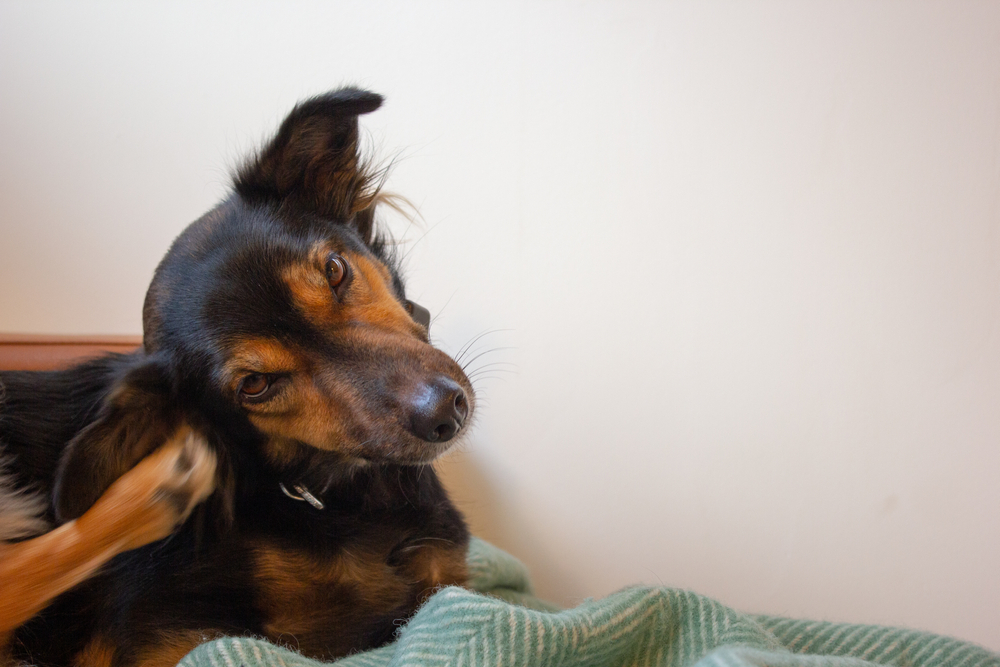
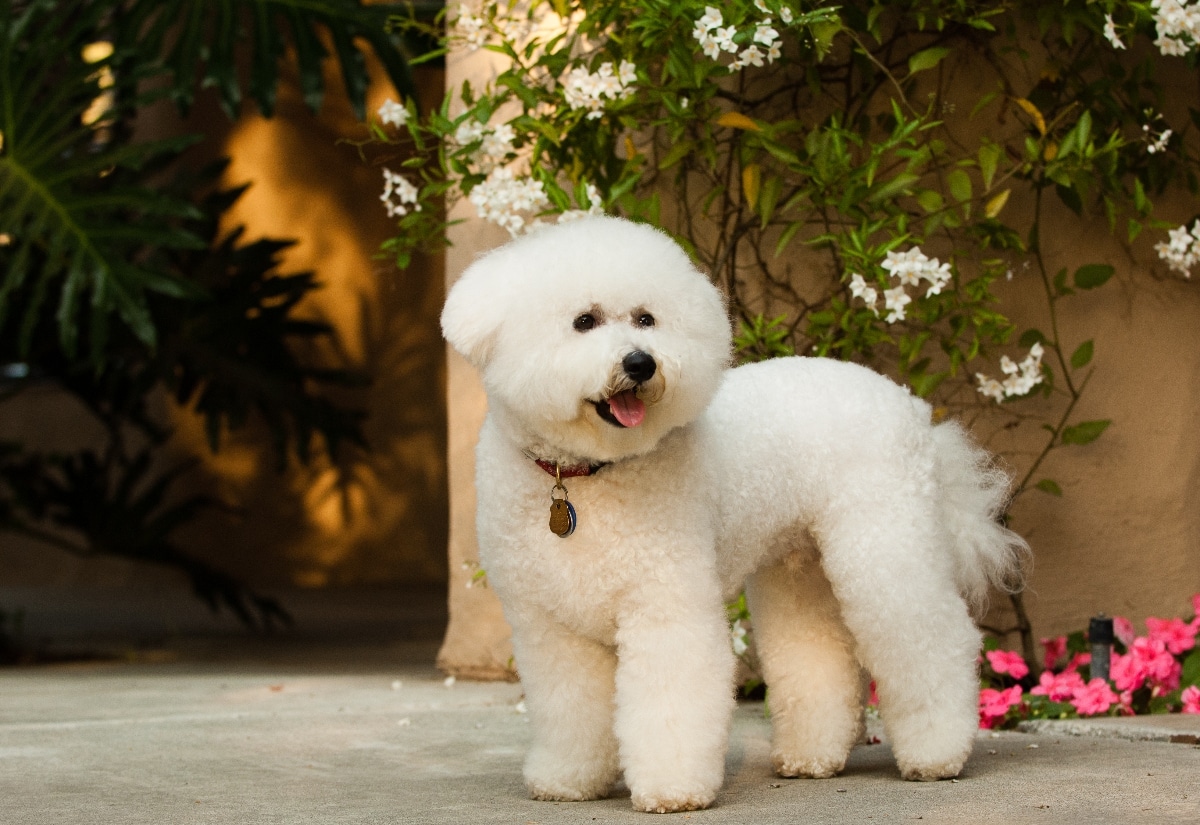



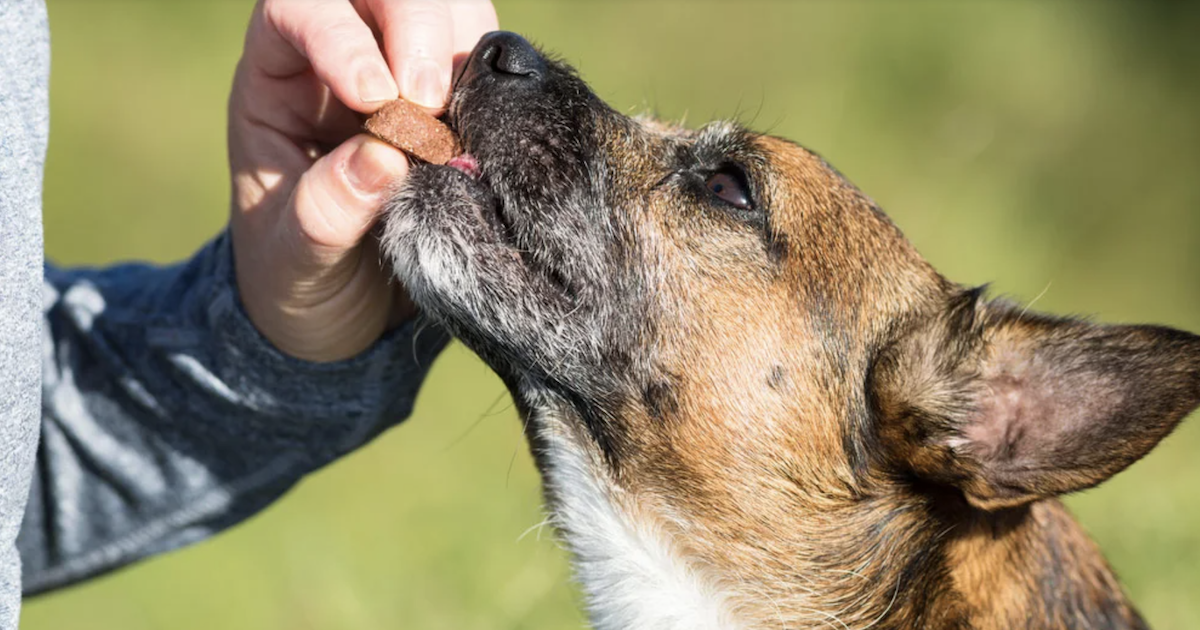
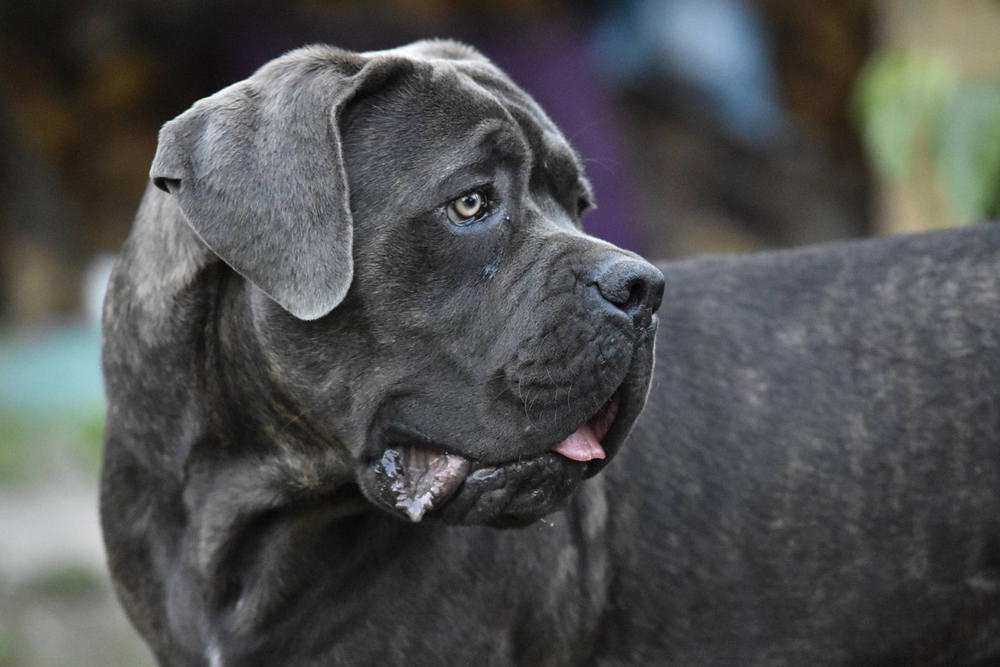

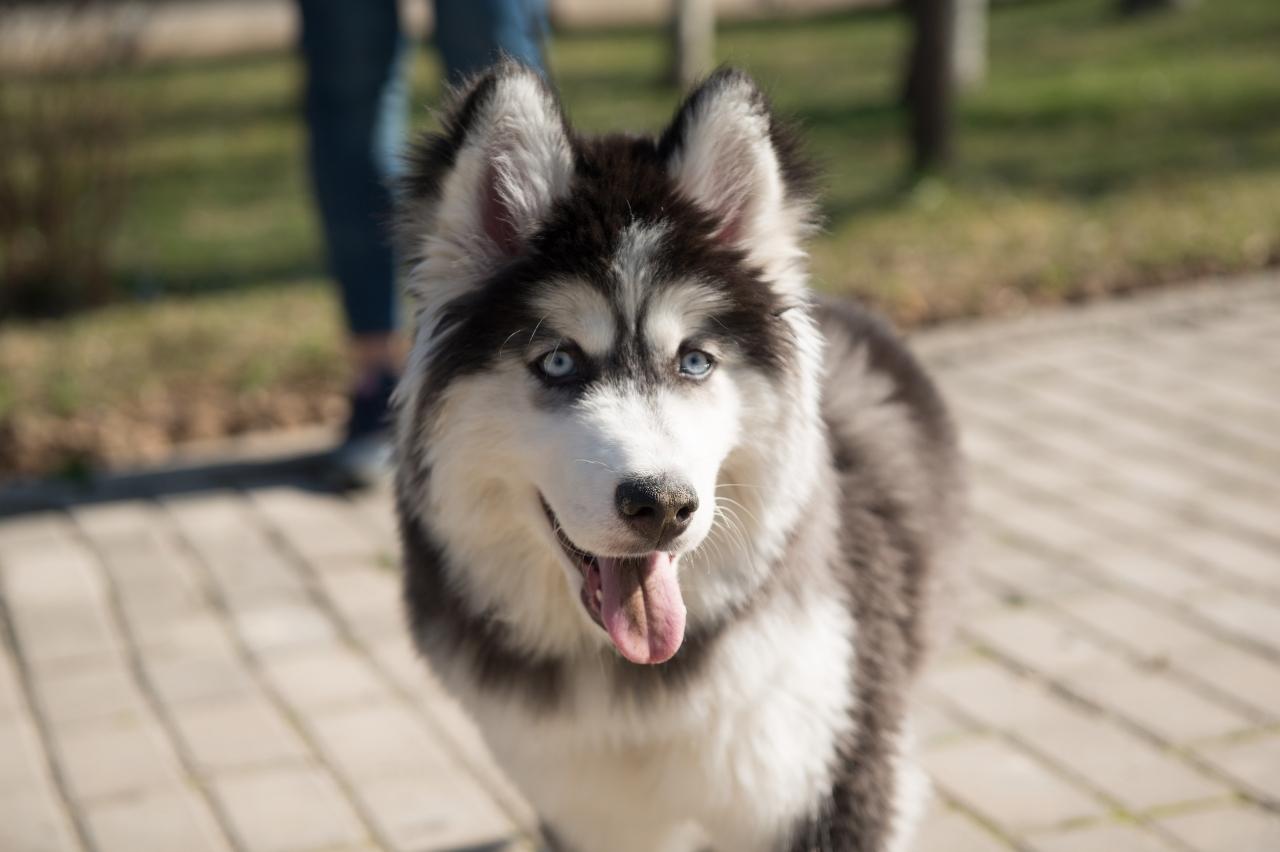
 English (US) ·
English (US) ·